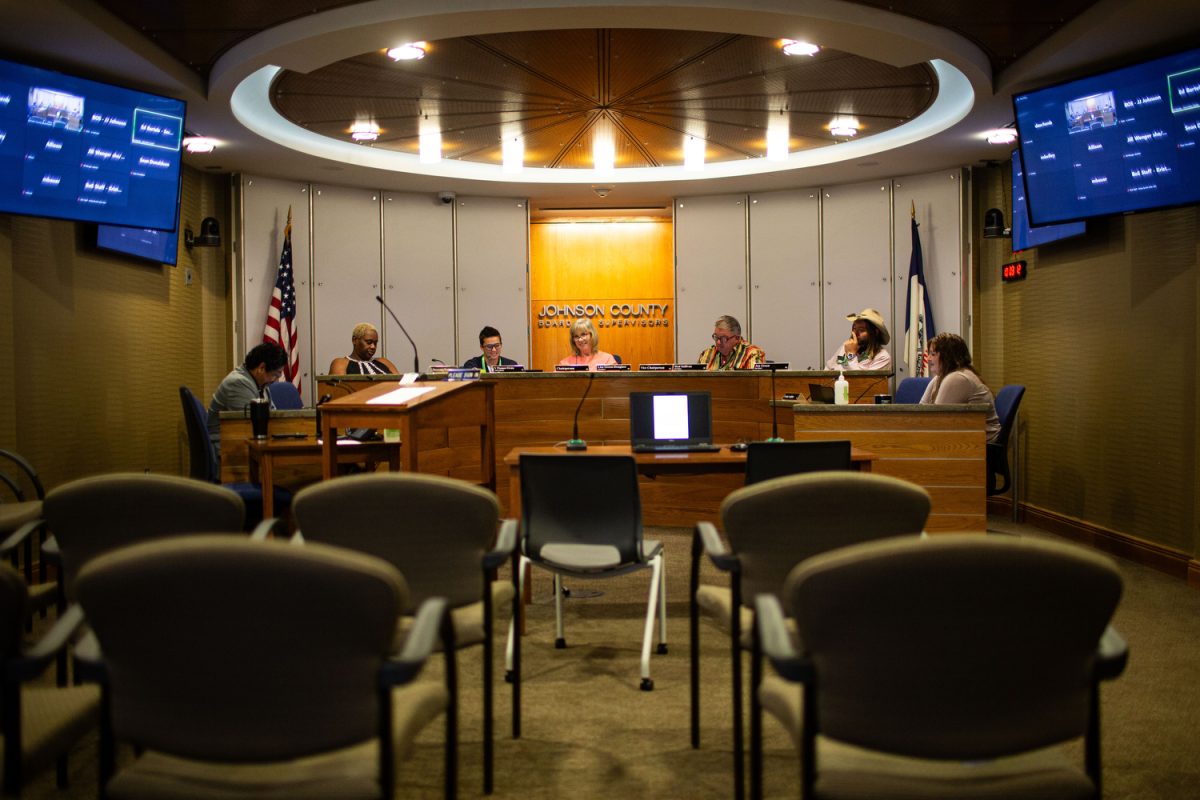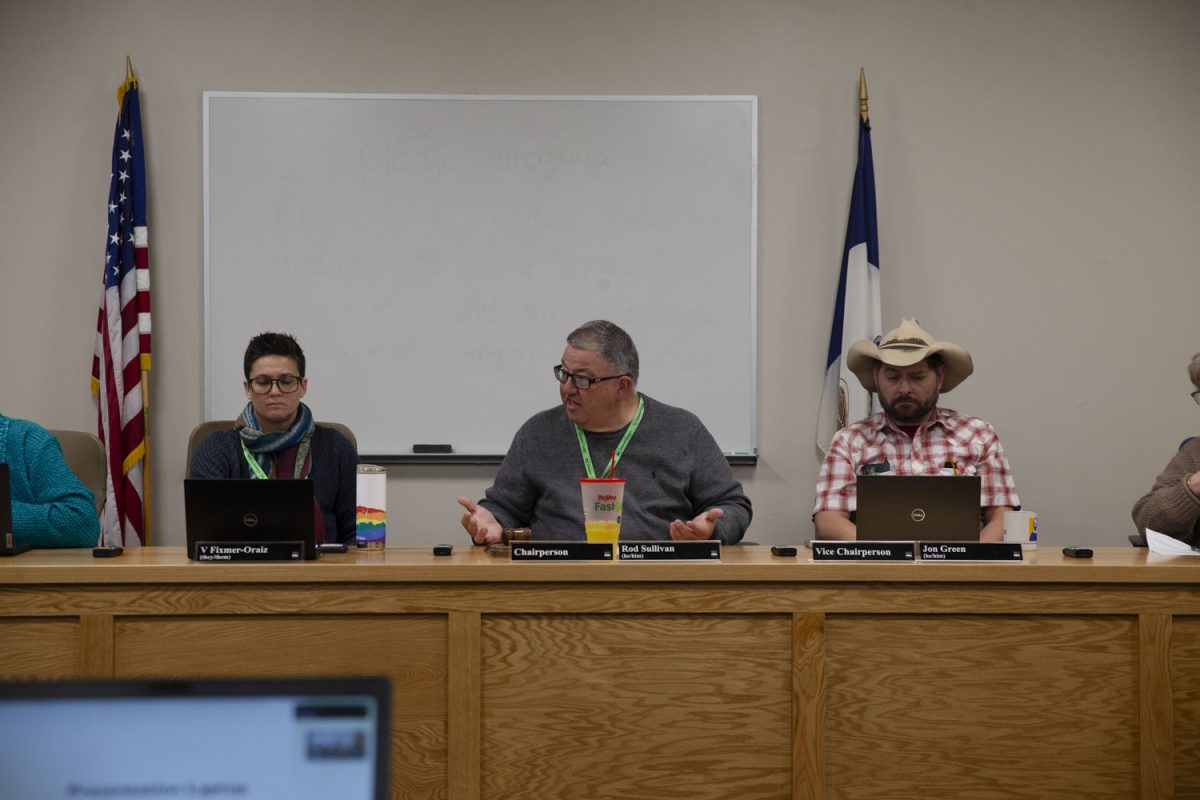Nancy Hudson’s home is filled with photographs of her three grandchildren. But as she talks about them, an unlikely topic comes up: real estate.
Hudson’s son and daughter-in-law are in the process of building a home that would place them in the boundaries of Hoover Elementary, 2200 E. Court St.
It’s a significant property investment in a time of uncertainty.
As the Iowa City School District considers boundary changes, parents across the community are waiting to see whether their children will be relocated.
The Hudsons are no different.
“Of course, they’re concerned,” said Hudson, whose grandchildren visit her every day at her home, which is within walking distance of Hoover. Hudson’s grandson is enrolled at Hoover, and his two sisters will likely join him there when they reach kindergarten age.
Aside from the district’s not yet knowing where boundary lines will fall, the Hudsons are concerned that their real-estate investment may not be quite what they’ve bargained for.
Other community members have voiced concerns about property values in recent discussion of redistricting the 12,000-student district.
When district officials held two public forums last week to gather feedback on possible changes, some community members who opposed the boundary scenarios brought up the question of property values changing.
According to a 2000 study in the Journal of Urban Economics, residents might have a basis for concern. The study found that redistricting in one Ohio community resulted in disruption in neighborhood schools and elementary performance — which ultimately reduced house values in the community by around 9.9 percent.
But some real-estate agents in the area say there is no need to worry.
“I think no matter what boundaries are drawn, the quality of the schools and teachers will remain excellent,” said Alan Swanson, a Realtor at Blank & McCune. “The quality of all of the schools is part of what attracts some people to the Iowa City area.”
Residents can be at ease knowing that real-estate considerations are districtwide rather than varying by individual schools, said Susan Carlson, a Realtor at Barkalow & Associates Realtors.
“Iowa City is technically all one School District, so I don’t know that the difference in house values between the areas where one school is versus another has anything to do with the school necessarily,” she said. “I can’t see a connection, but someone else might.”
Nonetheless, Carlson said, she has heard of some community members threatening to sell their homes and move to another part of the district if the boundary changes go through.
These redistricting changes would not likely directly affect property values of homes, but a boundary shift can have a long-term negative effect if enough residents move out of the area, said Johnson County Chief Deputy Assessor Gary Bilyeu.
Buyers looking at the community left behind might hesitate if they feel the neighborhood is less desirable, he said.
“If you have a subdivision of 100 homes, and 20 of them want to sell, even if they sell at reasonable prices, people are going to say, ‘Everybody’s moving out of there — what’s the matter?’ ” he said. “It takes years, but then it could become a stigma.”
But Carlson said worried residents shouldn’t be concerned until boundary changes actually happen.
“The boundaries haven’t changed yet,” she said. “It’s still a process that’s ongoing, so we have no real data yet to make a determination to see if it’s actually going to change anyone’s value.”






